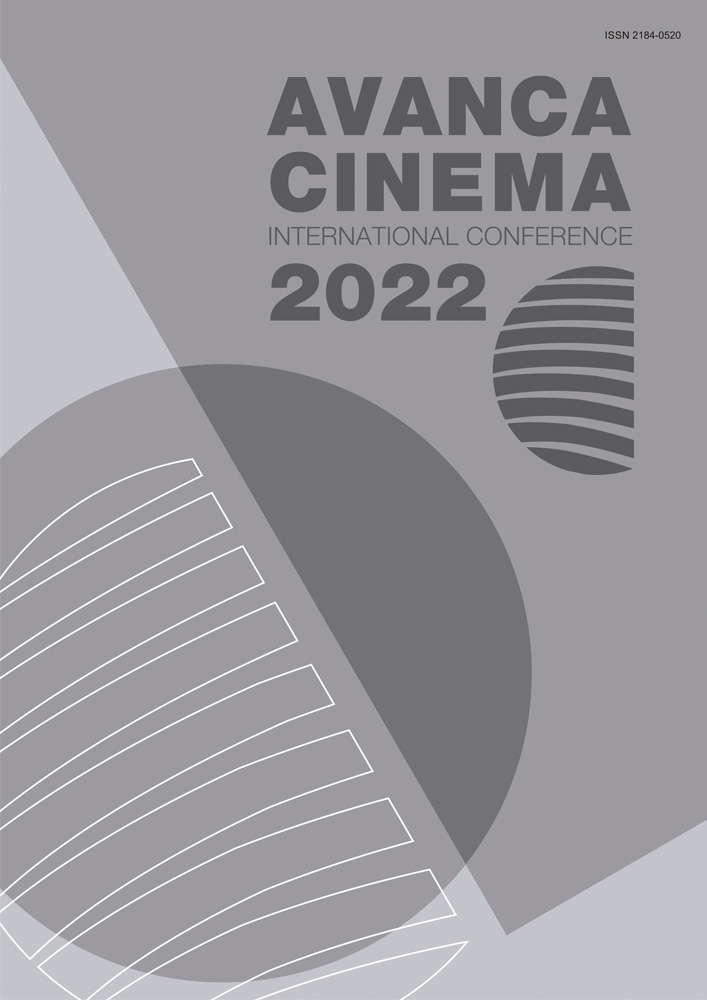Capítulo III _ Cinema - Comunicação
The Cinematic Selfie: Questioning the Self through Generative Art
Resumo
This article addresses and questions the magic-mirror phenomenon, popularised by current smartphone selfie and video capture apps. This phenomenon stimulates the illusion of control over the appearance of the face, either through applying semi-automatic soft filters to highlight the face area, to smooth the skin or correct the posture; or through the use of humorous add-ons or distortions, such as bunny ears or anime features, among others. However these results are short-lived, as their publication in social networks is either ephemeral – as a story – or timed to become invisible or irrelevant – in the timeline stream. Cumulatively they leave little margin (if at all) to stimulate a deeper reflection on the subject of (self) identity, and could thus be reduced to an expression of narcissism and consumption rather than a shared, transformative, meaningful practice. The two generative artworks described in this article, on the other hand, seek to guide the visitor beyond the visual magic-mirror through thought-provoking and reflective processes, where face-based audio-visual trance inducing cycles are used to hint at new identities and possibilities, challenging species, race, gender and age. These artworks seek to immerse the visitor, with narrowed awareness of external surroundings and stimuli, with a deepened focus in a synesthetic experience of flow, aiming at an altered perception of the self. If appearance can act as a tool to communicate one’s identity to others, this article ponders the possibility that such a synesthetic environment can be artivistically used to influence the perception of the self.

Este trabalho encontra-se publicado com a Licença Internacional Creative Commons Atribuição 4.0.

